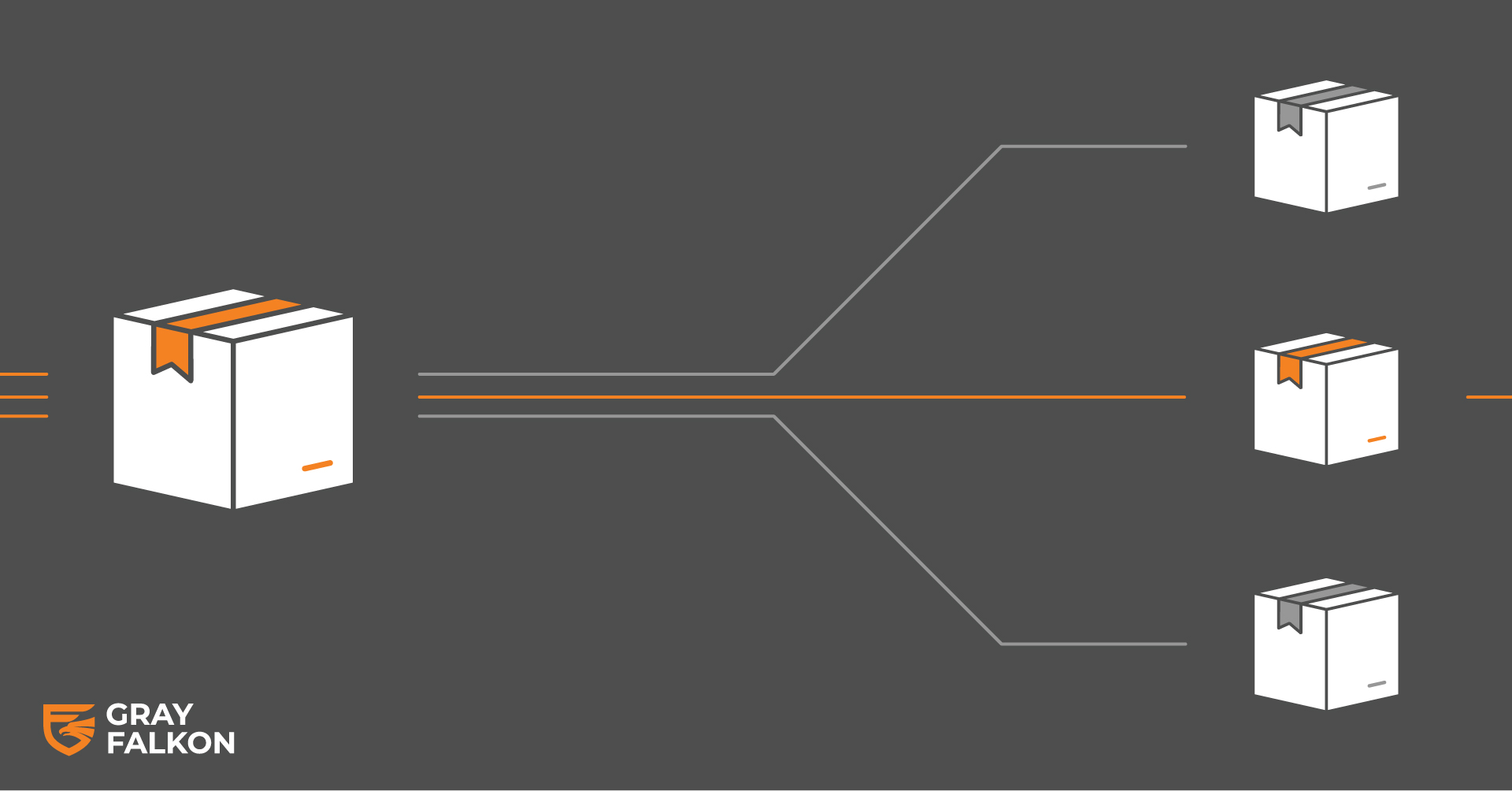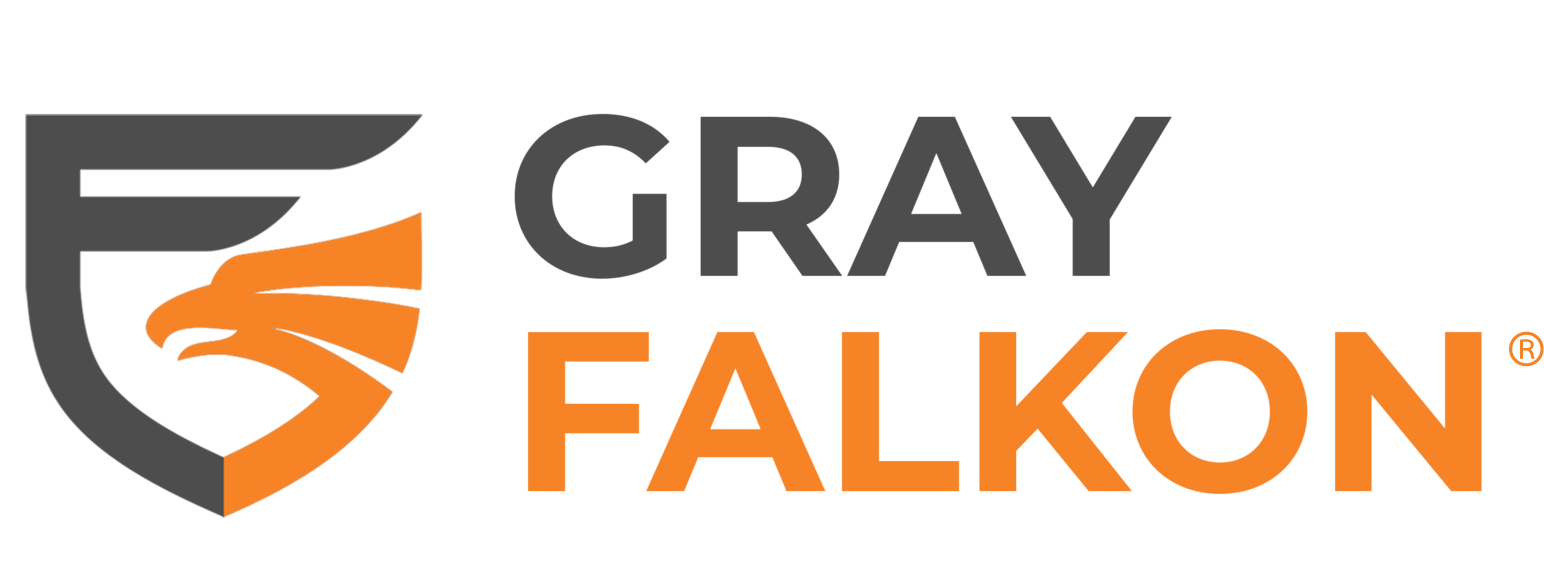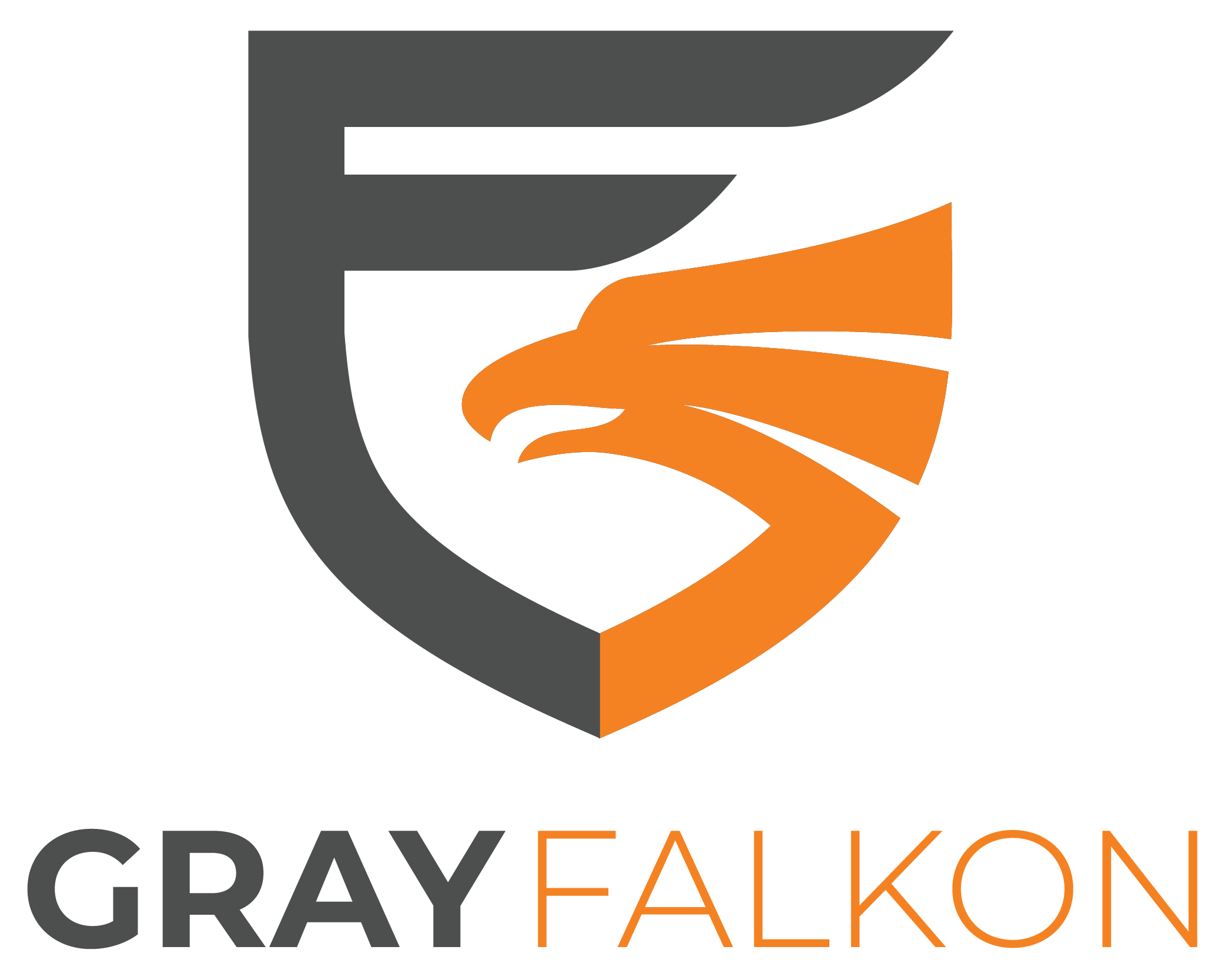
In today’s global eCommerce landscape, the gray market presents a nuanced challenge that impacts brands, authorized sellers, and consumers alike. Operating through the sale of authentic products outside of approved distribution channels, the gray market navigates a fine line between legality and brand infringement, creating a complex scenario for businesses around the world. While not involving counterfeit items, the activities within the gray market can significantly undermine brand integrity, disrupt established pricing structures, and lead to widespread consumer confusion and dissatisfaction.
The emergence of the gray market is fueled by the digital age’s facilitation of cross-border trade and the ease with which goods can be bought and sold through online platforms. This has led to an increase in the availability of genuine products being sold by unauthorized sellers, often at prices that undercut those offered by authorized channels. The implications for brands are profound, affecting not just revenue but also customer trust and the overall value of the brand in the marketplace.
Defining the Gray Market
The term “gray market” refers to the trading of legitimate, authentic products through channels that are not authorized by the original manufacturer or brand. These products are genuine and legally obtained, but they are sold outside of the brand’s official distribution networks. This distinction is crucial because, unlike counterfeit goods that are illegal and often of inferior quality, gray market items are the real deal—making them both more appealing to consumers and more challenging for brands to control.
Gray market goods typically enter the market due to various factors, including but not limited to, price differentials across different geographic regions, surplus inventory from authorized sellers, or products intended for promotional use being sold for profit. For example, a camera manufactured for sale in one country might be sold in another without going through the official distributor, often at a lower price due to currency differences or market demand. This creates a situation where the same product is available through both official and unofficial channels, potentially confusing consumers and diluting brand value.
The legality of the gray market is a complex issue. While the sale of gray market goods is not illegal in most jurisdictions, it can violate trademark laws or distribution contracts executed by brands and their distribution partners. Companies spend considerable resources building their brand and establishing a trusted network of distributors and retailers. When gray market sellers bypass these networks, they can undermine these efforts, affecting the brand’s reputation, customer loyalty, and ultimately, their bottom line.
Impacts of the Gray Market
The gray market, while not illegal, carries significant implications for brands and authorized sellers. Its existence and persistence on eCommerce marketplaces affect various aspects of business, from brand integrity to pricing strategies and customer relationships. Understanding these impacts is crucial for brands aiming to mitigate the gray market’s adverse effects.
Erosion of Brand Integrity
One of the most significant impacts of the gray market is the potential erosion of brand integrity. When consumers purchase gray market goods, they may not receive the same level of after-sales support, warranties, or service they would expect from authorized channels. This discrepancy can lead to dissatisfaction and damage the brand’s reputation, as consumers may associate their negative experiences with the brand itself, rather than the gray market seller.
Compromised product
Authorized distributors agree to stringent requirements to safeguard product quality and safety. Gray market operators operate without those agreements which can imperil the consumer experience. These issues can include crushed or otherwise damaged packaging, used product, expired product, melted product or worse. For example, if a diabetes test strip is kept at the wrong temperature, the diagnostic accuracy is compromised, thus putting consumer’s health at risk.
Price Destabilization
Gray market goods often enter the market at lower prices than those offered through authorized channels. This price discrepancy can undermine a brand’s pricing strategy, forcing authorized sellers to compete with lower-priced alternatives. Such competition can erode profit margins for both the brand and its authorized sellers, leading to a race to the bottom that benefits no one in the long term.
Poor Customer Experience
Customers who unknowingly purchase gray market goods might find themselves without valid warranties or unable to access local after-sales services. This lack of support can lead to frustration and dissatisfaction, impacting the customer’s perception of the brand and their likelihood of making future purchases.
Unfair Competition for Authorized Sellers
Authorized sellers are bound by agreements with brands, which often include adherence to pricing policies, quality standards, and customer service expectations. Among these policies, Minimum Advertised Price (MAP) policies play a crucial role in maintaining price integrity across channels. However, gray market sellers, operating outside these agreements, can offer lower prices without adhering to MAP policies, creating unfair competition. This situation not only undermines the pricing strategy but also strains relationships between brands and their authorized partners, potentially leading to a decrease in brand loyalty among sellers. Gray Falkon’s solutions are instrumental in helping brands enforce these policies and protect authorized sellers from such unfair competition.
Strategies for Combating the Gray Market
Brands can employ several strategies to mitigate the risks posed by the gray market, ensuring that their products are sold through authorized channels and maintaining the value of their brand. These strategies include:
Tightening Distribution Agreements: By clearly defining the terms of distribution and the consequences of violating these terms, brands can deter authorized sellers from diverting products to the gray market.
Monitoring Online Sales Channels: Regularly scanning online marketplaces and auction sites helps brands identify and take action against unauthorized listings of their products.
Engaging in Brand Protection Efforts: Implementing brand protection programs that include tracking and enforcement can significantly reduce the presence of gray market goods online.
Educating Consumers: Informing customers about the benefits of purchasing through authorized channels, such as valid warranties and after-sales support, can discourage purchases from the gray market.
Gray Falkon’s Approach to Gray Market Challenges
Gray Falkon tackles gray market challenges head-on by leveraging advanced AI and automation technologies. Our solution and technology monitors online sales channels such as Amazon and Walmart for unauthorized sellers and gray market goods, providing brands with actionable insights and the means to enforce distribution agreements and protect their brand integrity. By identifying and addressing the sources of gray market goods, Gray Falkon helps brands maintain control over their distribution channels, ensuring that customers receive the quality and support they expect from authentic products. Here’s a deeper look into how Gray Falkon stands against gray market challenges:
Advanced Monitoring Capabilities
At the core of Gray Falkon’s solution is its sophisticated monitoring system, which scans key online marketplaces and eCommerce platforms. This solution uses proprietary AI to detect listings that may represent gray market activity, flagging unauthorized sellers and potentially infringing products. By casting a wide net, Gray Falkon ensures that no corner of the digital marketplace is left unchecked, offering brands a comprehensive overview of where their products are being sold and by whom.
AI-Driven Analytics and Insights
Once potential gray market listings are identified, Gray Falkon employs advanced analytics to assess the risk they pose to the brand. This involves analyzing sales volumes, pricing strategies, and seller behaviors to prioritize enforcement actions. These insights enable brands to understand the scale of gray market activities affecting their products and to strategize their responses effectively.
Automated Enforcement and Brand Protection
Gray Falkon doesn’t stop at identification and analysis. Our solution also facilitates automated enforcement actions, streamlining the process of engaging with unauthorized sellers and online marketplaces to remove infringing listings. This automation extends to policy violation notifications and takedown requests, reducing the administrative burden on brands and speeding up the resolution of gray market issues.
Work With Us
As the eCommerce landscape continues to evolve, the gray market poses a significant challenge to brands seeking to maintain control over their distribution channels and protect their brand integrity. The impacts of unauthorized sales can be far-reaching, affecting everything from pricing strategies to customer trust. However, with the right approach and tools, combating the gray market is not only possible but manageable.
Gray Falkon stands at the forefront of this fight, offering a powerful combination of AI-driven monitoring, analytics, automated enforcement, and educational resources. Our AI and automated technology is designed to empower brands, enabling them to safeguard their products against unauthorized sales, ensure compliance with distribution agreements, and maintain the value of their brand in the eyes of consumers.
Don’t let the gray market undermine your brand’s success. Schedule a demo and discover how Gray Falkon’s comprehensive solution and brand protection tools can fortify your defenses, enhance your distribution strategy, and preserve the integrity of your brand.





